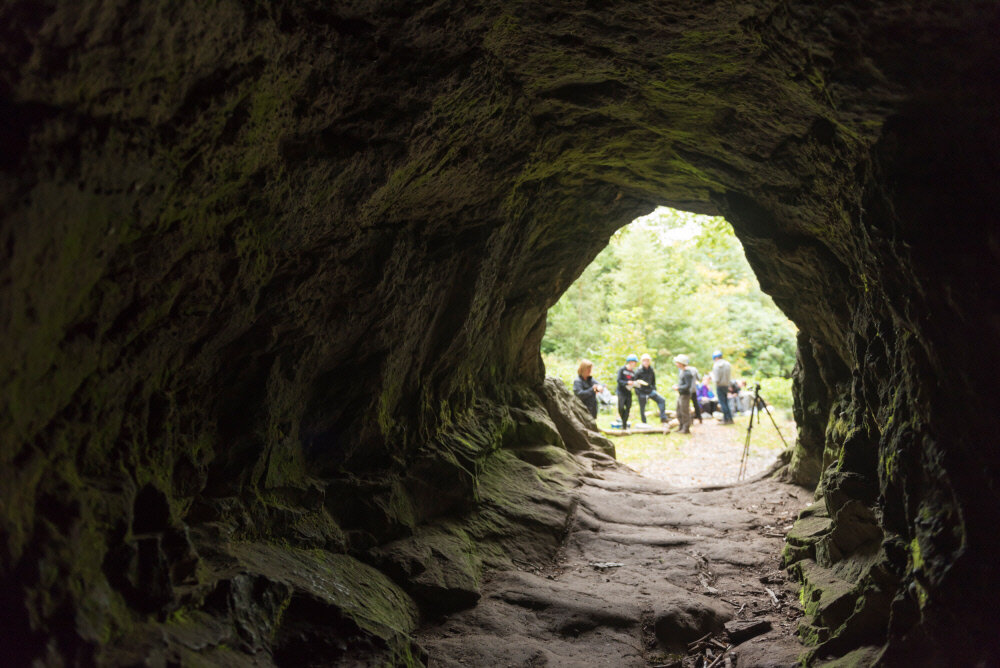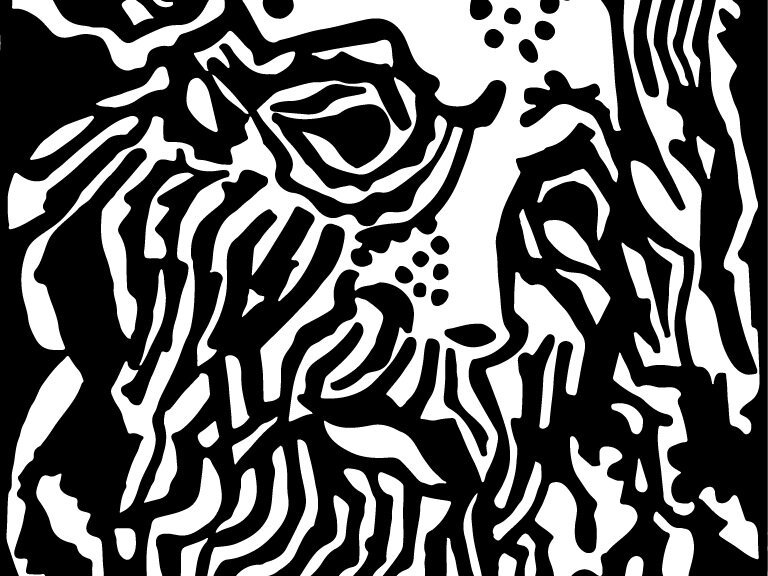
Invisible Worlds:
Exploring the Legend of Alderley Edge
©National Trust Images/Paul Harris
Invisible Worlds explores the relationship between storytelling, placemaking, and the new possibilities of interpretation presented by digital and creative public response.
It asks these questions in relation to Alderley Edge, in North-East Cheshire, now managed by the National Trust. A sandstone escarpment, which was first mined for its copper in the Bronze Age, the Edge has since become a network of later mines, and is a location rich in legendary associations.
The experience of the Edge as a lived place, as much as a site of historical importance, is fundamental to the ethos of Invisible Worlds. The project is positioned as the latest chapter in the long history of legendary placemaking, and forms the grounds of a new public history of the Edge, rooted in public response and participation. To participate in the project, please visit the ‘Living the Edge’ section of the website.
About Invisible Worlds
Invisible Worlds is a collaboration between an interdisciplinary team of researchers at the University of Birmingham, the Institute of Historical Research at the University of London, and the University of Lincoln, alongside cultural partners, and creative practitioners working with visual media, soundscapes, and storytelling.
The project brings together digital and creative responses to explore contemporary and historical placemaking strategies, drawing on the opportunities offered by Augmented Reality to trace the legends associated with the Edge and the network of mines beneath its surface. Invisible Worlds frames a new intervention in the representation of the site’s invisible history through a publicly participatory Augmented Reality resource for use at Alderley Edge (accessed via smart phone or tablet) and a remote access resource, launched in January 2023.
Invisible Worlds has been developed as a case study, with extensible potential across heritage sites and organisations. It engages with the capacity of Augmented Reality for the representation and analysis of imagined worlds, overlaid upon the geographical real, as a vital component in communicating new dynamic histories of non-built heritage, or sites with invisible, legendary or difficult histories. At Alderley Edge, we hope that the project will facilitate a new type of visitor experience and engagement, centring its legendary position and its cultural significance.
Project Team
Principal Investigor: Dr Victoria Flood (University of Birmingham)
Co-Investigator: Prof. Catherine A. M. Clarke (Institute of Historical Research, University of London)
Co-Investigator: Dr Andrew B. R. Elliott (University of Lincoln)
Technical director: Wayne Christian (University of Lincoln)
Research Assistant: Charlotte Palmer (University of Birmingham)
Creative Workshop Facilitators: Beth Underdown and Thomas Lee
Partners: The Blackden Trust, Derbyshire Caving Club, John Dipper, Elizabeth Garner, Nick Hennessy, The Lunatraktors, Nayan Kulkarni, The National Trust, Owl Project.
Project Board: Darren Belton (National Trust), Nigel Dibben (Derbyshire Caving Club), Elizabeth Garner (Blackden Trust), Griselda Garner (Blackden Trust), Jamie Lund (National Trust), Kate Picker (National Trust), A.J.N.W. Prag (Hon. Professor in the Manchester Museum and Professor Emeritus of Classics; Co-ordinator, Alderley Edge Landscape Project, The Manchester Museum, University of Manchester), Clare Pye (Alderley Edge Landscape Project, The Manchester Museum, University of Manchester), Katie Taylor (National Trust)
Invisible Worlds is supported by an Arts and Humanities Research Council Standard Grant.
